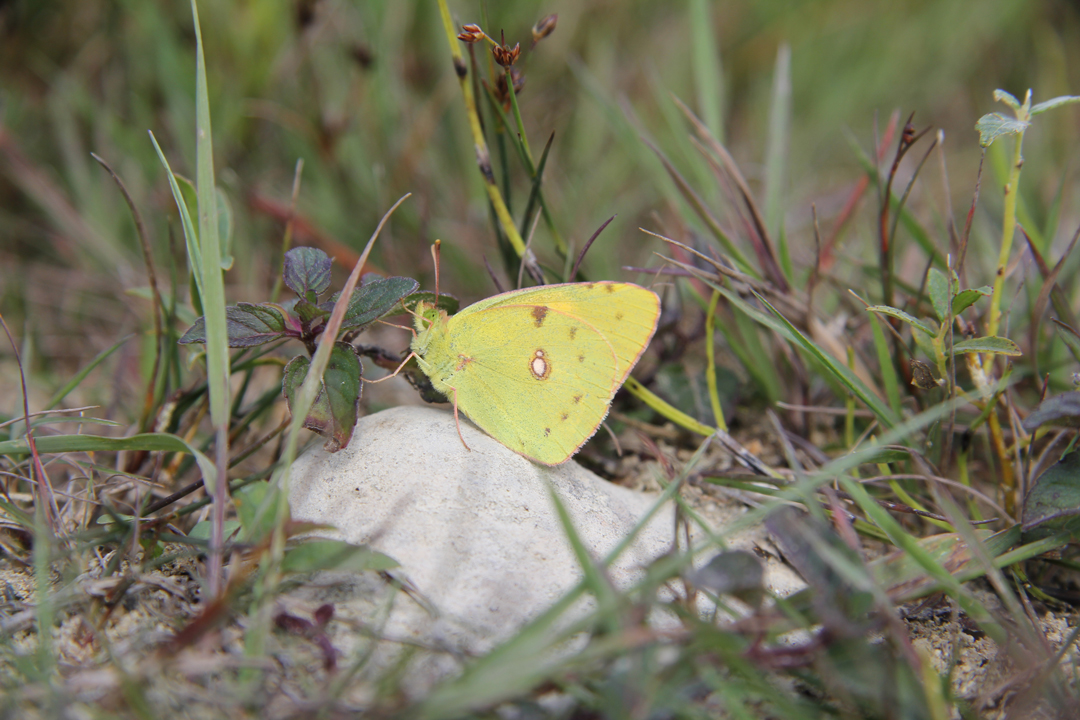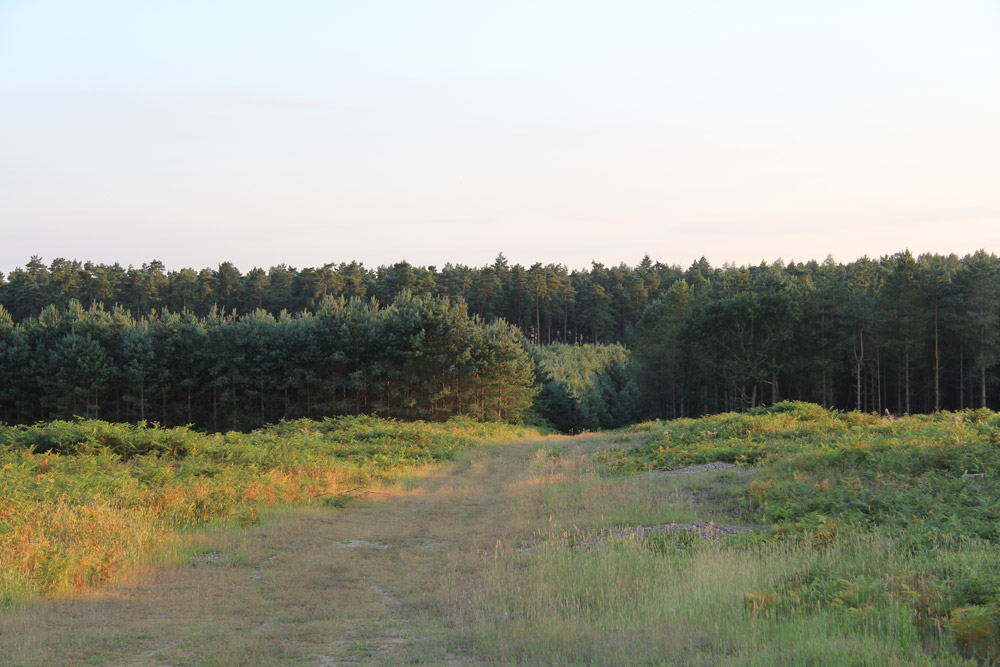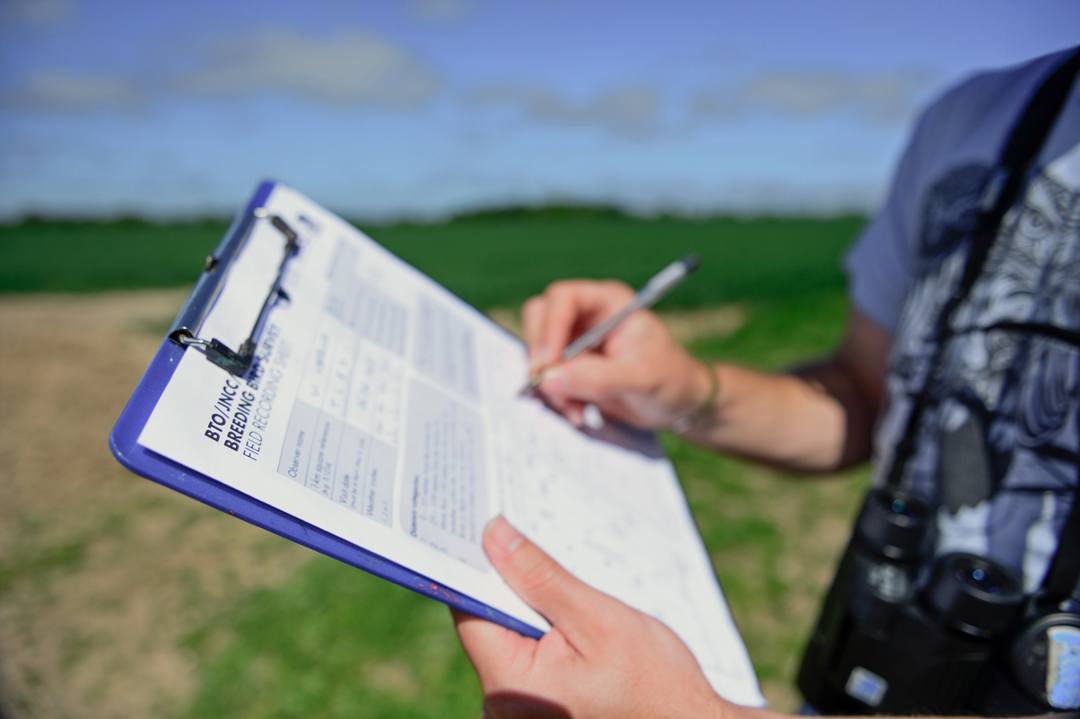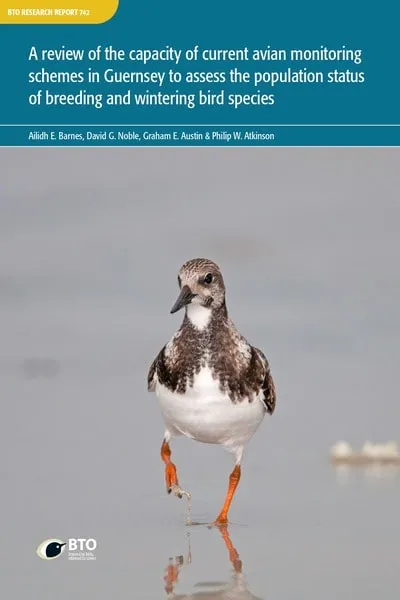BTO Research Reports are scientific papers that have been self-published by the BTO. The following is a full list of the published BTO research reports. Most are free to download, and links to Abstracts are included where possible.
Numbers missing from the list are those allocated but which were never produced or which have not been published. BTO recognises that, particularly in respect of commercially sensitive cases, a period of confidentiality is appropriate for some projects. However, in the interests of scientific development and dissemination of information, we encourage clients to permit publication as soon as it is reasonable to do so.
- If you wish to purchase a physical copy of a report please contact researchreports@bto.org.
- More information about our Annual Service reports to JNCC 1992-2005.
Assessment of recent Hen Harrier population trends in England through population modelling
This study uses a population modelling approach to explore the effects of changes in rates of productivity, survival, and settlement on population growth in the English population of Hen Harriers.

Search
Bioclimatic context of species' populations determines community stability
Author: Evans, L.C., Melero, Y., Schmucki, R., Boersch-Supan, P.H., Brotons, L., Fontaine, C., Jiguet, F., Kuussaari, M., Massimino, D., Robinson, R.A., Roy, D.B., Schweiger, O., Settele, J., Stefanescu, C., van Turnhout, C.A. & Oliver, T.H.
Published: 2022
Projected increases in the magnitude and frequency of extreme weather events are likely to have important consequences for species and the wider communities of which they are a part. Understanding the impacts of such events on the complex relationships that exist between the species within a particular ecosystem, and which themselves influence the stability and functioning of that ecosystem, is a conservation priority.
25.05.22
Papers

Belfast’s urban gulls: an assessment of breeding populations, breeding season movements and winter population
Author: Booth Jones, K., Thaxter, C., Clewley, G., Wolsey, S., Calbrade, N., Atkinson. P. & Burton, N.
Published: 2022
Despite the high conservation status of Herring and Lesser Black-backed Gulls, little is known about their urban populations Northern Ireland, and even less about how they use the urban environment. This project brings together a number of elements targeted at addressing knowledge gaps for the urban population of gulls in Northern Ireland, chiefly focusing on Belfast city centre. Firstly, breeding gulls in Belfast city centre were estimated using vantage point surveys, contributing to the latest national census and providing data for organisations wishing to reduce human-gull conflict. Secondly, the latest tracking technology was used to investigate how urban-nesting Lesser Black-backed Gulls and Herring Gulls use the urban environment of Belfast, complementing the population monitoring and existing tracking data from Herring Gulls breeding in a nearby coastal colony on Big Copeland Island. Thirdly, the wintering gull population using the shoreline of Belfast Lough was quantified using Wetland Birds Survey and Winter Gull Survey data, as congregations of gulls in the lough may interact with human activities in the lough. Combining these three elements, this study demonstrates that Belfast and the surrounding urban areas are providing not only nesting habitats for gulls, but also food resources which are used throughout the breeding season and during the winter. The presence of foraging gulls within the urban environment may be a symptom of poor waste management in certain regions of the city and may be a source of human-gull conflict.
20.05.22
Reports Research reports

Recommendations to enhance breeding bird diversity in managed plantation forests determined using LiDAR
Author: Tew, E.R., Conway, J.C., Henderson, I.G., Milodowski, D.T., Swinfield, T. & Sutherland, W.J.
Published: 2022
Tree planting can contribute to the fight against both climate change and biodiversity loss if forests are planned and managed well. Forest structure data, collected using remote sensing technology, combined with bird surveys has been used to test which management regimes maximise bird diversity in managed plantations. Forests with stands of a greater variety of ages are consistently more biodiverse, suggesting that forest managers should prioritise maintaining a diversity of stand ages.
19.05.22
Papers

Estimating the carbon footprint of citizen science biodiversity monitoring
Author: Gillings, S. & Harris, S.J.
Published: 2022
Understanding the impacts of climate change relies on an evidence base generated by the thousands of volunteers who participate in biodiversity monitoring. However, survey participation often carries its own carbon footprint, especially where participants travel to and from survey sites by car. Whilst it is essential that we have accurate information about how wildlife is faring in this changing world, we also need to be mindful of any side effects of our scientific activities. A key step is to estimate the emissions produced during biodiversity monitoring.
18.05.22
Papers

A review of the BTO/RSPB/JNCC Wetland Bird Survey (WeBS) Low Tide Counts scheme with recommendations for its future operation.
Author: Clewley, G.D., Calbrade, N.A., Austin, G.E., Frost, T.M. & Burton, N.H.K.
Published: 2022
This report presents a review of the Wetland Bird Survey (WeBS) Low Tide Counts scheme and its methods.
16.05.22
Reports
